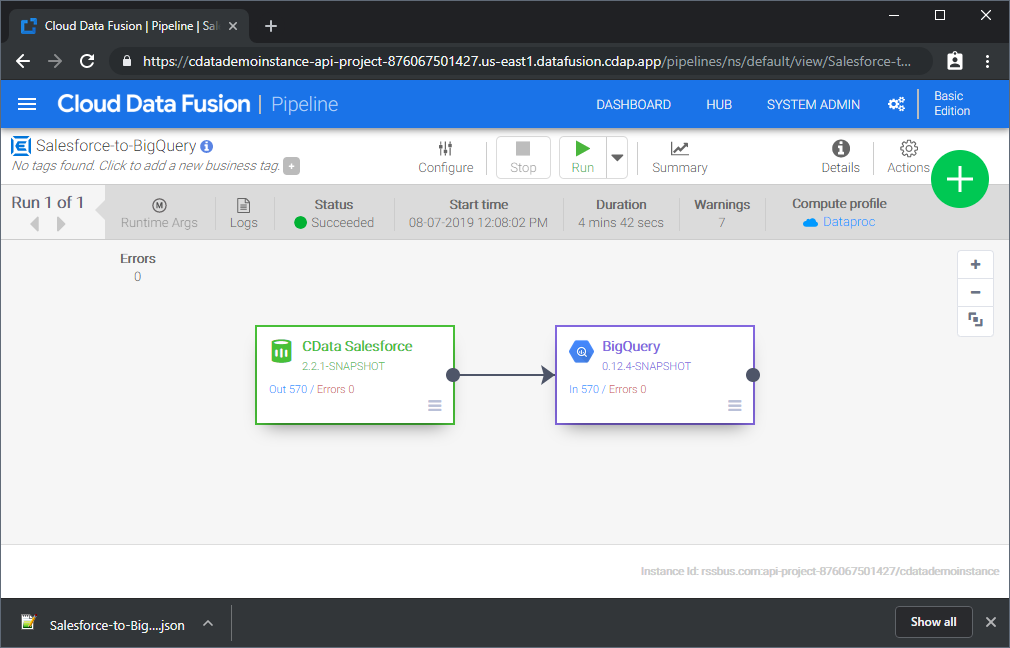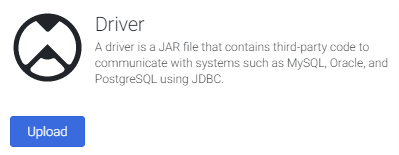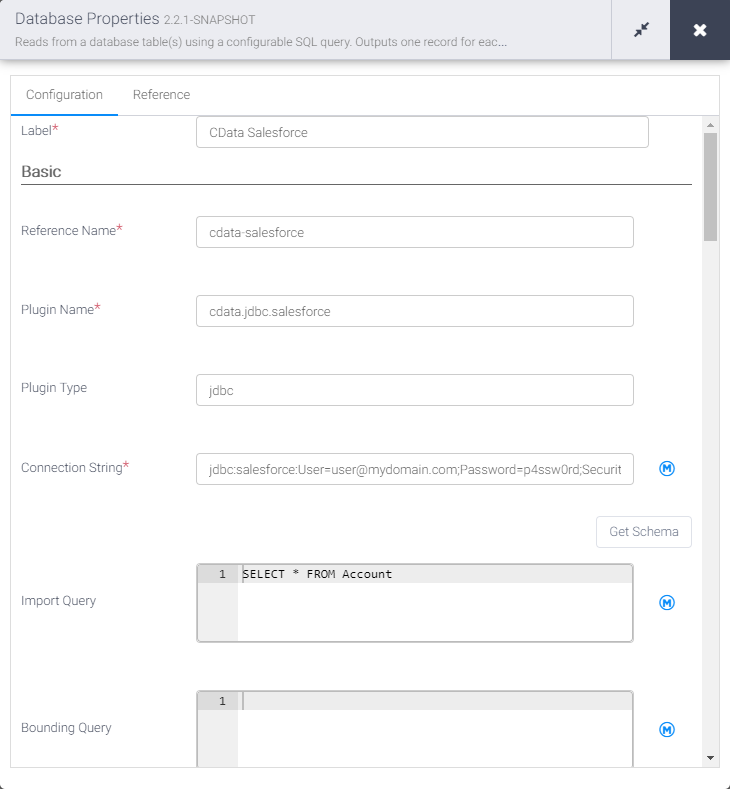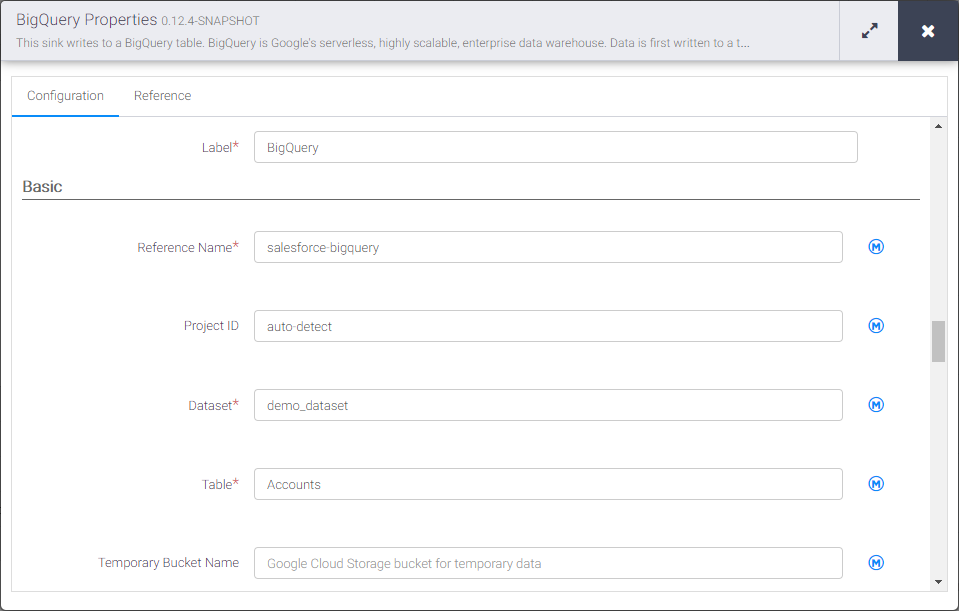Discover how a bimodal integration strategy can address the major data management challenges facing your organization today.
Get the Report →Build XML-Connected ETL Processes in Google Data Fusion
Load the CData JDBC Driver into Google Data Fusion and create ETL processes with access live XML data.
Google Data Fusion allows users to perform self-service data integration to consolidate disparate data. Uploading the CData JDBC Driver for XML enables users to access live XML data from within their Google Data Fusion pipelines. While the CData JDBC Driver enables piping XML data to any data source natively supported in Google Data Fusion, this article walks through piping data from XML to Google BigQuery,
Upload the CData JDBC Driver for XML to Google Data Fusion
Upload the CData JDBC Driver for XML to your Google Data Fusion instance to work with live XML data. Due to the naming restrictions for JDBC drivers in Google Data Fusion, create a copy or rename the JAR file to match the following format driver-version.jar. For example: cdataxml-2020.jar
- Open your Google Data Fusion instance
- Click the to add an entity and upload a driver
![]()
- On the "Upload driver" tab, drag or browse to the renamed JAR file.
- On the "Driver configuration" tab:
- Name: Create a name for the driver (cdata.jdbc.xml) and make note of the name
- Class name: Set the JDBC class name: (cdata.jdbc.xml.XMLDriver)
![Configuring the driver (Salesforce is shown.)]()
- Click "Finish"
Connect to XML Data in Google Data Fusion
With the JDBC Driver uploaded, you are ready to work with live XML data in Google Data Fusion Pipelines.
- Navigate to the Pipeline Studio to create a new Pipeline
- From the "Source" options, click "Database" to add a source for the JDBC Driver
![Adding a database source]()
- Click "Properties" on the Database source to edit the properties
NOTE: To use the JDBC Driver in Google Data Fusion, you will need a license (full or trial) and a Runtime Key (RTK). For more information on obtaining this license (or a trial), contact our sales team.
- Set the Label
- Set Reference Name to a value for any future references (i.e.: cdata-xml)
- Set Plugin Type to "jdbc"
- Set Connection String to the JDBC URL for XML. For example:
jdbc:xml:RTK=5246...;URI=C:/people.xml;DataModel=Relational;See the Getting Started chapter in the data provider documentation to authenticate to your data source: The data provider models XML APIs as bidirectional database tables and XML files as read-only views (local files, files stored on popular cloud services, and FTP servers). The major authentication schemes are supported, including HTTP Basic, Digest, NTLM, OAuth, and FTP. See the Getting Started chapter in the data provider documentation for authentication guides.
After setting the URI and providing any authentication values, set DataModel to more closely match the data representation to the structure of your data.
The DataModel property is the controlling property over how your data is represented into tables and toggles the following basic configurations.
- Document (default): Model a top-level, document view of your XML data. The data provider returns nested elements as aggregates of data.
- FlattenedDocuments: Implicitly join nested documents and their parents into a single table.
- Relational: Return individual, related tables from hierarchical data. The tables contain a primary key and a foreign key that links to the parent document.
See the Modeling XML Data chapter for more information on configuring the relational representation. You will also find the sample data used in the following examples. The data includes entries for people, the cars they own, and various maintenance services performed on those cars.
Built-in Connection String Designer
For assistance in constructing the JDBC URL, use the connection string designer built into the XML JDBC Driver. Either double-click the JAR file or execute the jar file from the command-line.
java -jar cdata.jdbc.xml.jarFill in the connection properties and copy the connection string to the clipboard.
![Using the built-in connection string designer to generate a JDBC URL (Salesforce is shown.)]()
- Set Import Query to a SQL query that will extract the data you want from XML, i.e.:
SELECT * FROM people
![Configuring the database source]()
- From the "Sink" tab, click to add a destination sink (we use Google BigQuery in this example)
- Click "Properties" on the BigQuery sink to edit the properties
- Set the Label
- Set Reference Name to a value like xml-bigquery
- Set Project ID to a specific Google BigQuery Project ID (or leave as the default, "auto-detect")
- Set Dataset to a specific Google BigQuery dataset
- Set Table to the name of the table you wish to insert XML data into
![Configuring the BigQuery sink]()
With the Source and Sink configured, you are ready to pipe XML data into Google BigQuery. Save and deploy the pipeline. When you run the pipeline, Google Data Fusion will request live data from XML and import it into Google BigQuery.

While this is a simple pipeline, you can create more complex XML pipelines with transforms, analytics, conditions, and more. Download a free, 30-day trial of the CData JDBC Driver for XML and start working with your live XML data in Google Data Fusion today.











